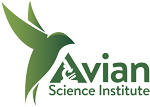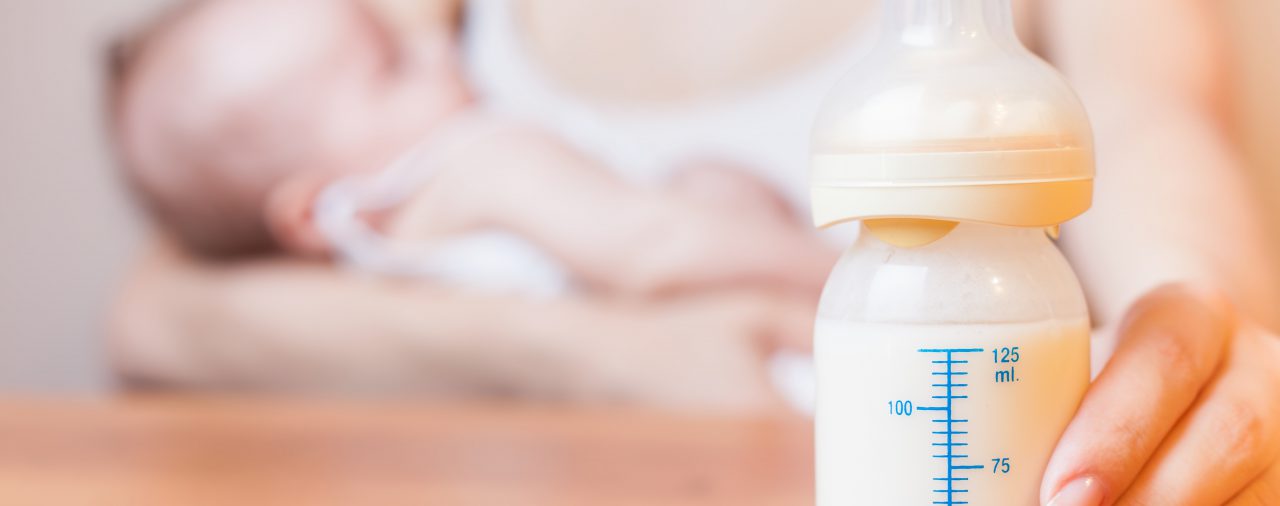Breast milk is the richest source of nutrition for an infant. World Health Organization has recommended exclusive breastfeeding for infants for the first six months and later complementary food with breastfeeding for 2 years or beyond. Although breastfeeding has many health benefits for infants, such as reduced risk of infection and lifestyle-associated diseases, improved immune health and digestion, and enhanced cognitive development, the current exclusive breastfeeding rates (only 44%) in Asia as well as around the world fall short of the WHO 2030 target of 70%1,2.
Starting from mid-pregnancy to day three postpartum, the breasts develop the capacity to secrete breast milk (lactogenesis). The first milk is called colostrum, which contains relatively high concentration of nutrients and protective substances such as immunoglobulins and lactoferrin3.
Sometimes lactogenesis may be delayed due to retained placenta, cesarean section, stress during parturition or diabetes. Delayed lactogenesis leads to early formula supplementation, insufficient breastfeeding, and breastfeeding termination. Since the volume of breast milk is maintained through a supply and demand mechanism, breastfeeding is necessary for the continuation of lactation otherwise mammary glands involution occurs3,4.
Galactogogues, such as domperidone, metoclopramide, chlorpromazine, sulpiride, have been used to increase milk production in lactating mothers; however, they are accompanied by side-effects to both mother and infant including headaches, gastrointestinal symptoms, dystonia, arrhythmias, anxiety, insomnia, fatigue in mothers, and lethargy, short- and long-term CNS symptoms in infants5.
Hormones (oxytocin, growth hormone, medroxyprogesterone) and some herbal supplements such as fenugreek, milk thistle, cumin, basil, fennel, galega, ginger, dill, and anise have been considered for their galactogogic effect, but they lack vigorous research on their use and safe dosage and are also associated with inconclusive effects5.
Essence of Chicken (EOC) has been researched to increase both the quality and quantity of breast milk. Back in 1997, Li XM et al. studied the effect of EOC on postnatal lactation. They found encouraging results on women consuming chicken essence having earlier and increased breast milk secretion than mothers who did not consume chicken essence.
In another study conducted by Chao JC et al, chicken essence increased the levels of lactoferrin (34%), epidermal growth factor (62%), and transforming growth factor- ß2 (196%) in 3-day postpartum colostrum of lactating mothers compared to those who had a normal diet alone.
Recently, Awano M et al. conducted an open-labelled, parallel-group, randomized trial of chicken essence on healthy primiparous women. The participants consumed either EOC (chicken essence group) or water (control group) twice daily from 37th week of gestation until Day 5 after delivery. The chicken essence group showed greater milk production (p = 0.071) and significant increase in the expressed milk production (p = 0.017) at 96-120 hours (Day 4-5) after delivery, and improved quality of life by significantly reducing fatigue (p = 0.006) at 38 weeks of gestation, when compared to the women in the control group.
Histidine-containing dipeptides, anserine and carnosine are known to exhibit histamine-stimulating effect. Histamine accelerates prolactin secretion and consequently increases milk production. Therefore, oral intake of EOC containing these dipeptides, might promote prolactin secretion and increase milk production. These dipeptides are also known to relieve fatigue and have antioxidant effects that may be transferred to the fetus transplacentally.
Supplementation with chicken essence helps decrease fatigue of lactating mothers, hence leading to increased mental energy, reduced depressive mood and improved quality of life. Better quantity and quality breast milk benefits infants by providing a superior protection to fight infection, allergy, and functional development and maturity of gastrointestinal mucosa.
EOC can be safely consumed for not only increased milk production, but also improved quality of life of lactating mothers as well as render health benefits to the infant.
References:
- Awano M, Koike K, Sawada T, Xu FH, Suzuki N. Effect of chicken extract on breast milk production in primiparous mothers in Jpana: A randomized clinical trial. Int J Probiotics Prebiotics. 2021;16:16-21.
- Global breastfeeding scorecard-2021 Protecting breastfeeding through bold national actions during the Covid-19 pandemic and beyond. Available from: https://www.globalbreastfeedingcollective.org/media/1591/file
- Neville MC, Morton J, Umemura S. Lactogenesis: The Transition from Pregnancy to Lactation. Pediatr Clin North Am. 2001 Feb; 48 (1): 35-52.
- Fu M, Zhang L, Ahmed A, Plaut K, Haas DM, Szucs K, Casey TM. Does circadian disruption play a role in the metabolic-hormonal link to delayed lactogenesis II? Front Nutr. 2015 Feb 23;2:4.
- Zuppa AA, Sindico P, Orchi C, Carducci C, Cardiello V, Romagnoli C. Safety and efficacy of galactogogues: substances that induce, maintain and increase breast milk production. J Pharm Pharm Sci. 2010;13(2):162-74.
- Li XM et al. Effects of essence of chicken on postnatal lactation. Chin J Pract Gynecol Obstet. 1997;13:295-296. (article in Chinese)
- Chao JC, Tseng HP, Chang CW, Chien YY, Au HK, Chen JR, Chen CF. Chicken extract affects colostrum protein compositions in lactating women. J Nutr Biochem. 2004 Jan;15(1):37-44.

